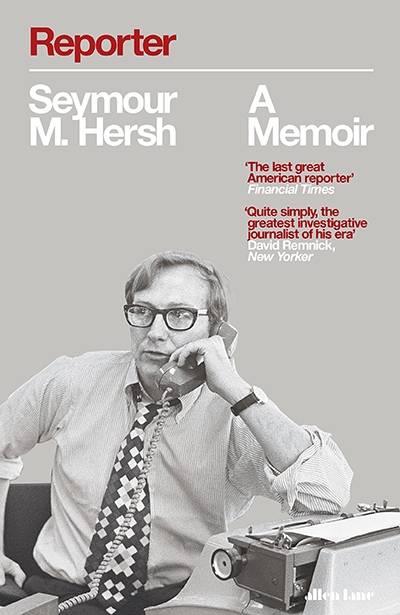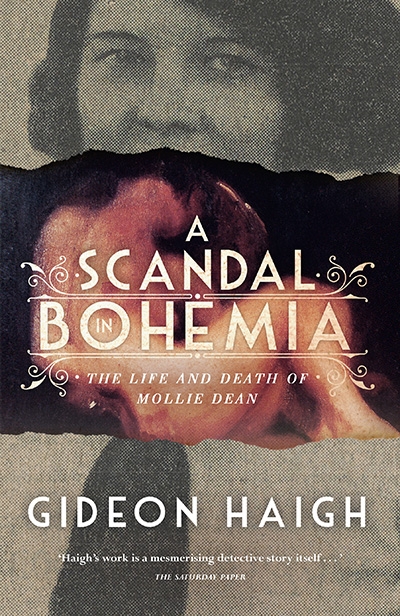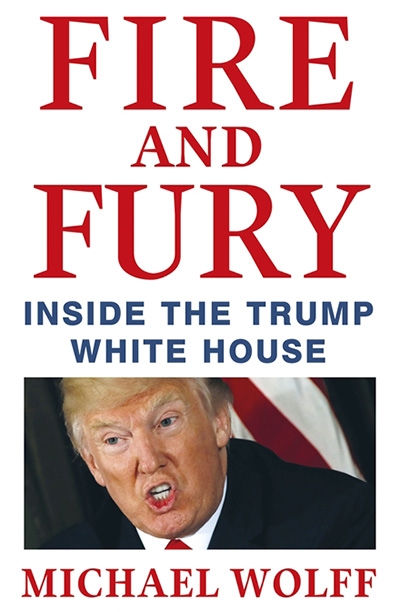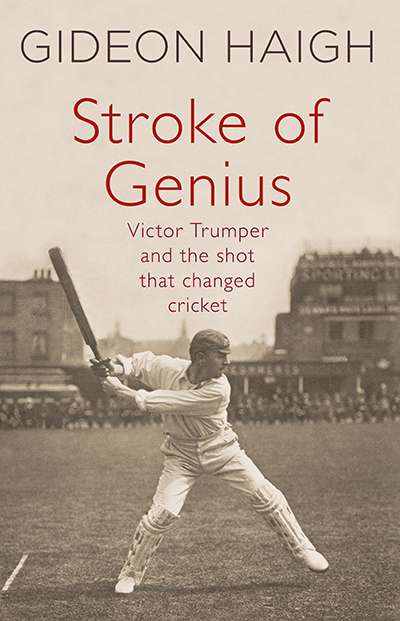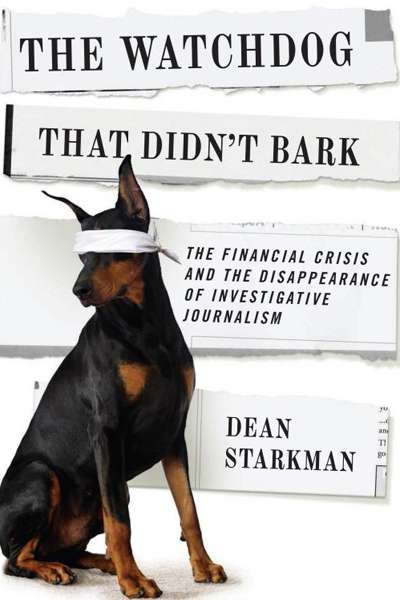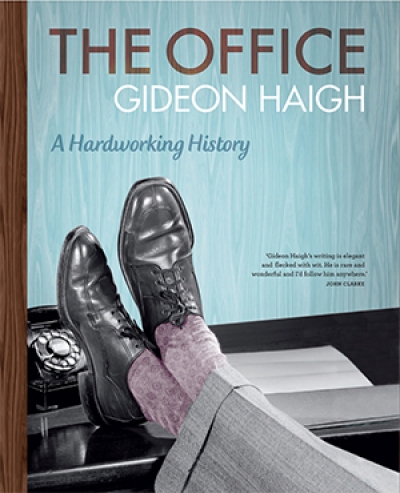Gideon Haigh
A Scandal in Bohemia: The life and death of Mollie Dean by Gideon Haigh
by Anna MacDonald •
Stroke of Genius: Victor Trumper and the shot that changed cricket by Gideon Haigh
by Bernard Whimpress •
Books of the Year is always one our most popular features. Find out what our 41 contributors liked most this year – and why.
... (read more)The Watchdog That Didn’t Bark: The Financial Crisis and the Disappearance of Investigative Journalism by Dean Starkman
by Gideon Haigh •
The Wheeler Centre recently hosted ‘four provocative nights’ based on the assertion that Australian criticism of film, theatre, books and the visual arts is, in its own words, ‘failing us all’. The series was entitled ‘Critical Failure’. For ABR readers unable to attend, here is one person’s account of the books-related panel.
... (read more)
